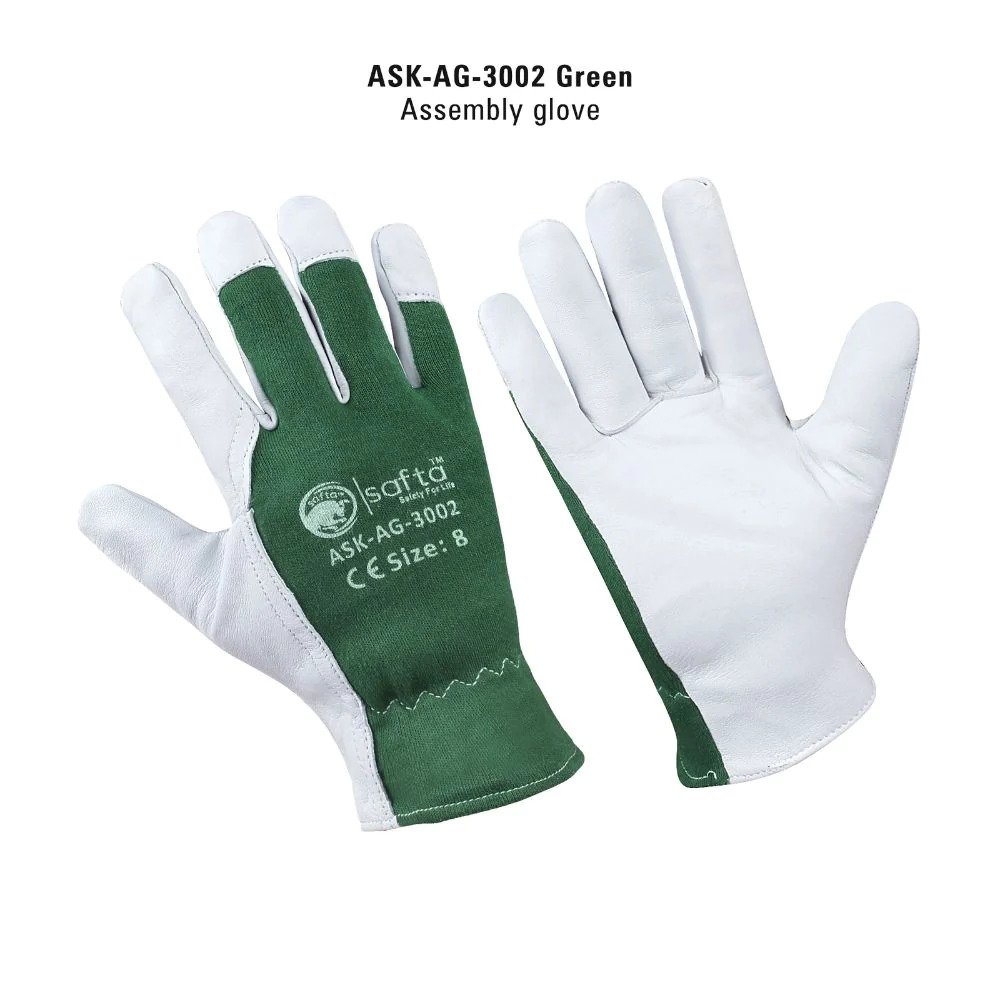Introduction
In the dynamic world of manual labor, where precision meets risk, the importance of on-the-job safety cannot be overstated. One crucial aspect that often goes unnoticed but plays a pivotal role in safeguarding workers is the use of mechanics gloves. In this comprehensive guide, we delve into the intricacies of mechanics gloves, shedding light on their significance, types, and how they contribute to a secure work environment.
Understanding Mechanics Gloves
Defining the Essentials
Mechanics gloves are specialized hand protection gear designed for professionals engaged in tasks that demand dexterity, precision, and protection. From automotive technicians to machinery operators, these gloves act as the first line of defense against potential hazards. Crafted with a blend of durability and flexibility, they offer a tailored fit, ensuring that workers can perform intricate tasks with ease.
Types of Mechanics Gloves
1. Cut-Resistant Gloves
For professions where sharp objects are commonplace, such as metalworking or construction, cut-resistant mechanics gloves are indispensable. These gloves, often made from high-performance materials like Kevlar, provide a robust shield against sharp edges without compromising on comfort.
2. Impact-Resistant Gloves
In environments where heavy machinery and tools are in constant use, impact-resistant mechanics gloves come to the fore. These gloves incorporate innovative padding technologies, dispersing and absorbing impact energy, reducing the risk of injuries.
3. Chemical-Resistant Gloves
Industries dealing with hazardous chemicals necessitate specialized gloves. Chemical-resistant mechanics gloves, typically made from materials like nitrile or neoprene, provide a barrier against harmful substances, ensuring the safety of workers in chemical-intensive environments.
The Importance of Wearing Mechanics Gloves
Enhancing Precision and Productivity
Wearing mechanics gloves isn’t just about safety; it’s a strategic choice to enhance precision and productivity. These gloves allow workers to maintain a strong grip on tools and equipment, reducing the chances of accidents and increasing overall efficiency.
Minimizing Hand Fatigue
Long hours of manual labor can take a toll on the hands. Mechanics gloves, designed with ergonomic considerations, reduce hand fatigue by providing adequate support to muscles and joints. This not only enhances worker comfort but also contributes to sustained productivity throughout the workday.
Choosing the Right Mechanics Gloves
Consider the Task at Hand
Selecting the right pair of mechanics gloves hinges on understanding the specific demands of the job. For tasks requiring intricate finger movements, opt for gloves with added flexibility. Conversely, heavy-duty tasks call for gloves with reinforced padding for maximum protection.
Assessing Material and Durability
The material of mechanics gloves plays a crucial role in determining their effectiveness. Consider factors like abrasion resistance, durability, and breathability when making a selection. A well-informed choice ensures that the gloves withstand the rigors of the job, providing long-lasting protection.
Maintenance and Care
Ensuring the longevity of mechanics gloves requires proper maintenance. Regularly inspect gloves for signs of wear and tear, and replace them promptly if any damage is detected. Cleaning according to manufacturer guidelines not only extends the life of the gloves but also maintains their protective properties.
In Conclusion
On-the-job safety is a collective effort, and the role of mechanics gloves in this endeavor cannot be overstated. By understanding the nuances of these specialized gloves, workers can make informed choices, mitigating risks and ensuring a secure work environment.




